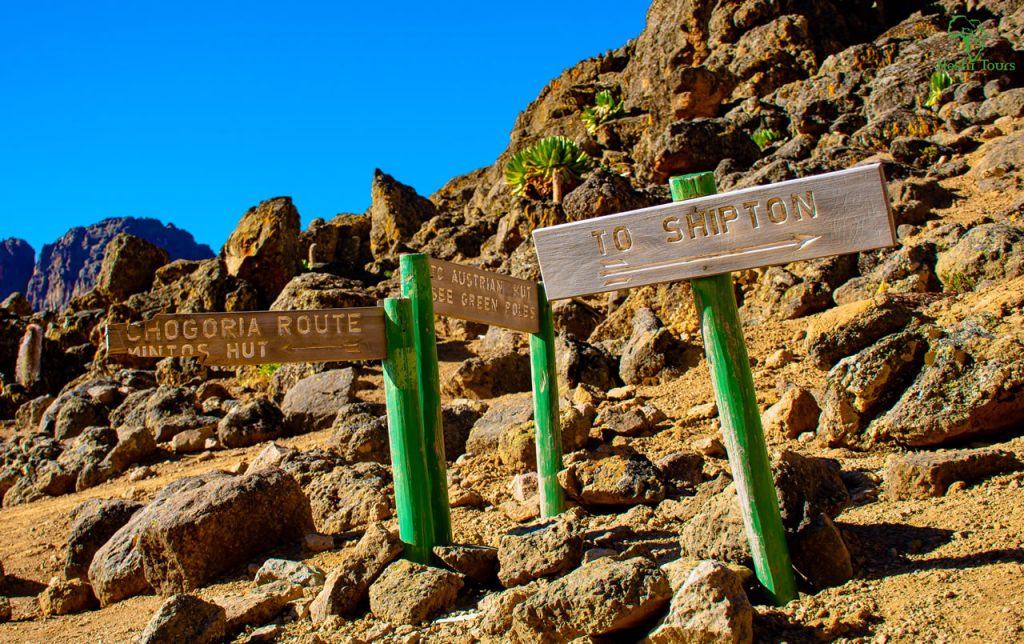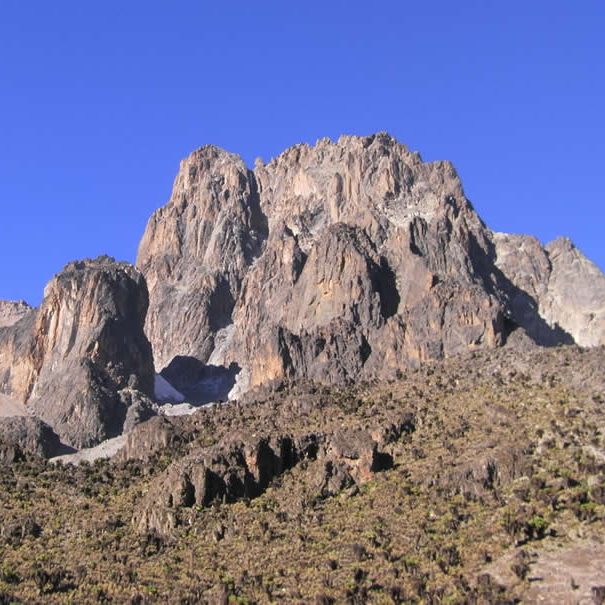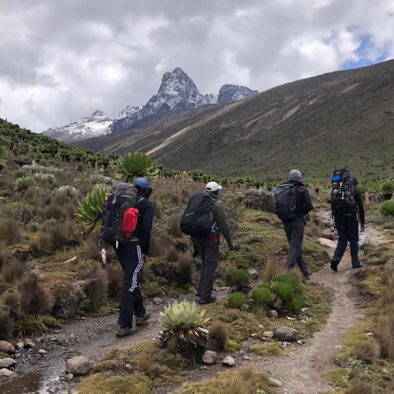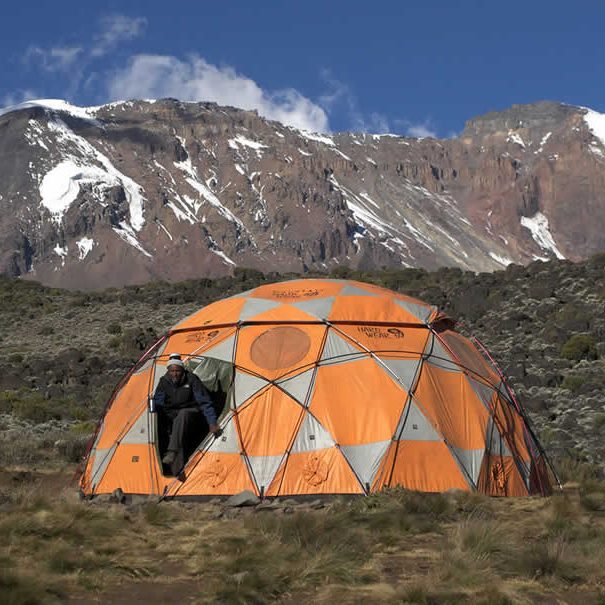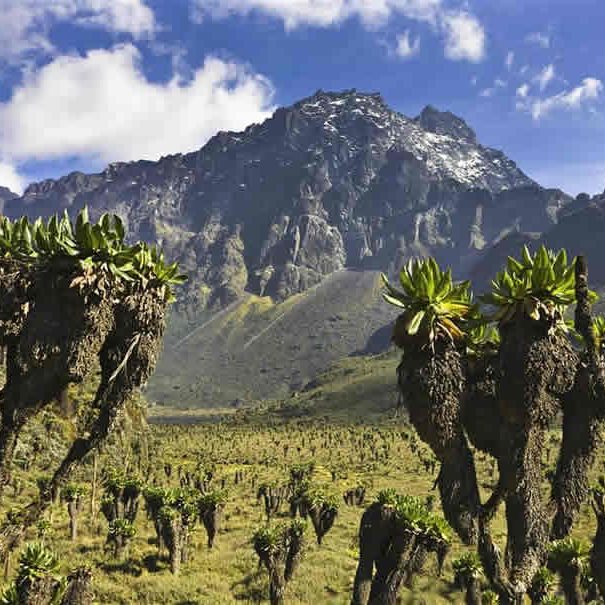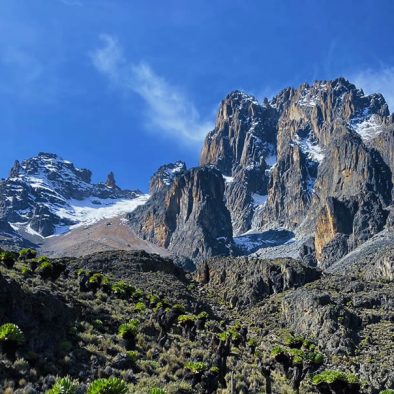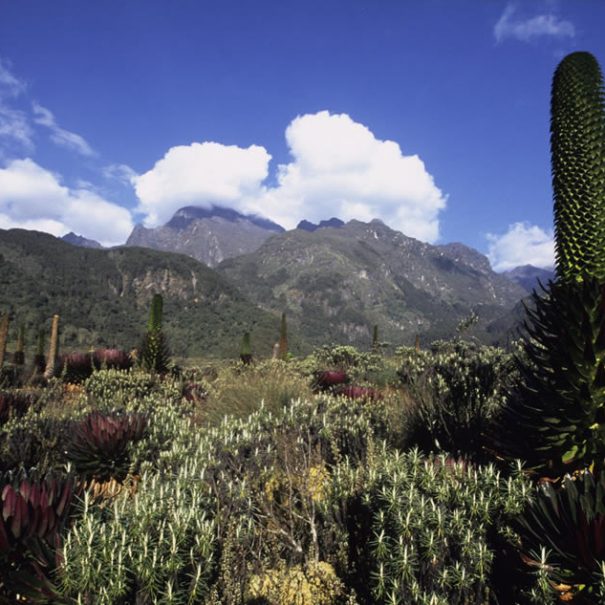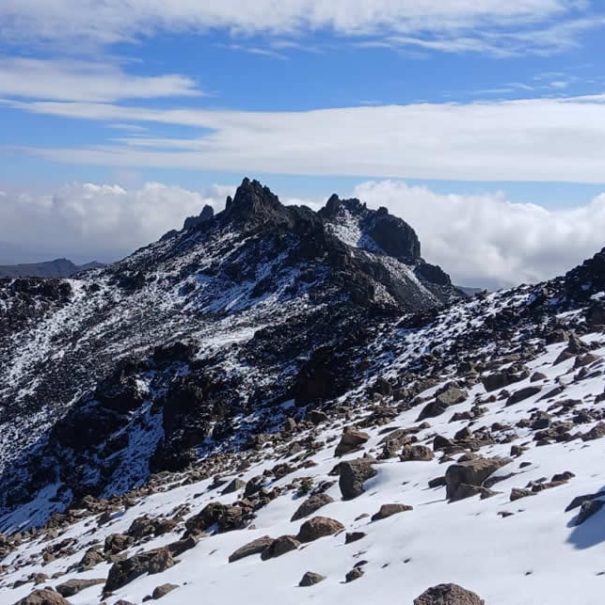Mount Kenya stands as a natural masterpiece, its breathtaking landscapes captivating adventurers and nature enthusiasts alike. Amidst its grandeur lies a pressing need: to safeguard and nurture its exquisite beauty for generations to come. Preserving the Beauty of Mount Kenya is a call to action, urging us to adopt sustainable climbing practices to ensure the preservation of this remarkable natural wonder. This article delves into the strategies and principles that can help maintain the allure of Mount Kenya while allowing climbers to experience its majesty responsibly.
The Significance of Mount Kenya
Mount Kenya stands as a multi-faceted marvel, bearing ecological, cultural, and recreational significance that converges upon its majestic slopes. Ecologically, the mountain’s diverse range of ecosystems, from equatorial forests to glaciers, harbors an incredible array of plant and animal species, some of which are endemic and found nowhere else on Earth. This biodiversity not only holds intrinsic value but also contributes to global ecological balance. The mountain acts as a living laboratory, offering scientists insights into the intricacies of evolutionary processes and adaptation.
Culturally, Mount Kenya is interwoven with the lives of indigenous communities. Its towering presence and fertile lower slopes have inspired myths, legends, and rituals for generations. These narratives reflect the deep-rooted connection between the people and the land, making the mountain a vessel of cultural heritage. Beyond its ecological and cultural significance, Mount Kenya’s allure extends to recreational seekers and mountaineers who are drawn to its challenging climbs, breathtaking vistas, and the exhilaration of scaling its peaks. However, the beauty of this mountain faces challenges that threaten its essence, reinforcing the importance of preserving the beauty of Mount Kenya.
Emphasizing its global value, Mount Kenya proudly holds the designation of a UNESCO World Heritage Site. This recognition is a testament to its exceptional beauty, ecological importance, and cultural richness. It places the mountain on an international pedestal, signifying that its preservation is a shared responsibility transcending borders. As climbers and adventurers immerse themselves in the grandeur of Mount Kenya, they become custodians of its legacy, tasked with upholding the delicate balance between exploration and preservation.
Challenges to the Beauty of Mount Kenya
Mount Kenya’s beauty is undeniably captivating, drawing in a surge of climbers and tourists seeking to experience its grandeur. However, this popularity has its darker side—a surge in visitors brings forth a suite of challenges that can mar the mountain’s aesthetic and ecological integrity. The increasing footfall on its trails, coupled with improper waste disposal practices, poses a significant threat to the mountain’s pristine landscapes. Litter accumulates, marring the natural beauty and disrupting delicate ecosystems. The erosion caused by heavy traffic on paths further exacerbates these issues, endangering both plant life and the mountain’s fragile soils.
Moreover, the disturbance to local wildlife habitats cannot be ignored. Uncontrolled camping practices, unchecked campfires, and encroachment into sensitive areas disrupt the natural rhythms of the creatures that inhabit Mount Kenya’s diverse ecosystems. The echoes of these disturbances reverberate across the mountain’s intricate web of life, impacting species survival and biodiversity. The challenges Mount Kenya faces are profound, demanding a conscientious approach from all who seek to explore its wonders.
Principles of Sustainable Climbing Practices
Sustainable climbing practices encapsulate the concept of exploring and enjoying natural environments while minimizing any negative impact on the ecosystems, landscapes, and local communities. It entails a harmonious interaction between humans and the environment, fostering a balance between adventure and preservation. The essence lies in leaving no trace of one’s presence, ensuring that the beauty and integrity of the climbing destination remain unspoiled for present and future generations. In essence, sustainable climbing practices exemplify the philosophy of treading lightly and respecting the natural wonders that draw climbers to these sites.
1. The Leave No Trace Principles:
At the core of sustainable climbing practices are the Leave No Trace principles—fundamental guidelines that ensure the conservation of natural spaces. The principle of “pack in, pack out” underscores the importance of carrying all waste, including trash and human waste, off the mountain. Minimizing campfire impact involves adhering to designated fire areas or refraining from lighting campfires entirely to prevent forest degradation. Respecting wildlife necessitates maintaining a safe distance from animals, refraining from feeding them, and minimizing noise to avoid disruption.
2. Responsible Guiding and Tourism Management:
Responsible guiding and tourism management play a pivotal role in the implementation of sustainable climbing practices. Experienced guides can educate climbers about the unique ecology and culture of the area, fostering a deeper appreciation and understanding of the surroundings. They act as ambassadors of conservation, transmitting the importance of minimizing impact and adhering to ethical behavior. Moreover, responsible tourism management involves maintaining carrying capacity—limiting the number of climbers to prevent overcrowding and preserve the delicate balance of the environment. By adhering to these principles, climbers and guides alike contribute to safeguarding the splendor of Mount Kenya and its surrounding ecosystems.
3. Education and Awareness:
Education is a cornerstone in promoting sustainable climbing practices. Climbers, guides, and tourists need to be informed about the fragility of the environments they explore and the potential consequences of their actions. Through education, climbers gain a deeper connection to the natural world and understand how their behavior can impact it. To amplify this effect, awareness campaigns targeted at climbers, guides, and tourists are crucial. These campaigns can employ various media to disseminate information about proper waste disposal, wildlife protection, and ethical camping practices. Efforts from local organizations and authorities further bolster these campaigns, channeling resources toward conservation initiatives and programs that inspire responsible behavior.
4. Collaboration and Regulation:
Collaboration among climbers, tour operators, and local communities fosters a sense of shared responsibility for the preservation of Mount Kenya’s beauty. Through dialogue and cooperation, climbers can better understand the cultural significance and environmental importance of the area, encouraging them to adopt sustainable practices. Concurrently, implementing and enforcing regulations is paramount. Regulations may involve obtaining permits to limit the number of climbers, specifying camping areas, and enforcing ethical conduct. These measures ensure that the mountain’s allure remains intact while upholding the balance between human exploration and ecosystem preservation.
5. Innovations in Sustainable Climbing:
Innovative solutions are emerging as a response to the challenges posed by climbing’s growing popularity. Portable waste disposal systems, for instance, offer climbers a convenient means to carry out waste responsibly. Eco-friendly camping equipment, designed to minimize environmental impact, enables climbers to tread even lighter on the landscape. Technology, too, plays a role by facilitating real-time monitoring of climbing impacts. Drones and sensors can track visitor density, allowing authorities to manage crowds effectively and enforce regulations where necessary. These innovations signify the melding of modern ingenuity with conservation ideals, creating a blueprint for sustainable climbing practices that resonate with the ethos of preserving the beauty of Mount Kenya.
Conclusion
In our pursuit of adventure, we must recognize our responsibility as stewards of the natural world. The profound significance of Mount Kenya, both ecologically and culturally, demands our commitment to its preservation. Through sustainable climbing practices, we can ascend its peaks while leaving behind nothing but footprints and taking away memories etched with respect. “Preserving the Beauty of Mount Kenya” is not just a phrase—it’s a call to honor, cherish, and safeguard a treasure that transcends time.

